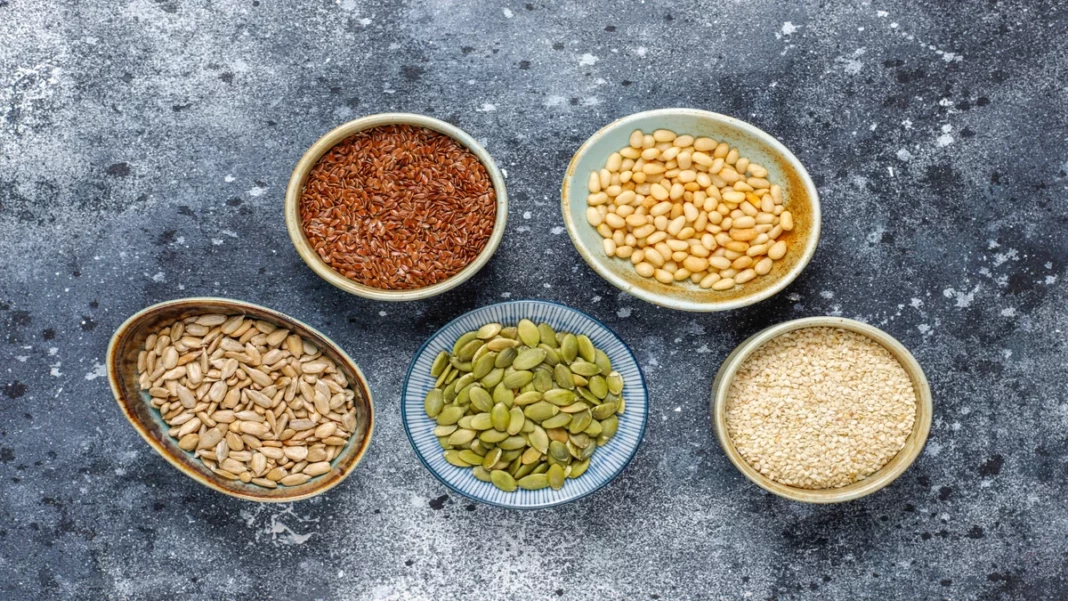If you wish to have a healthy diet, you must have millet and fruits and vegetables. Despite being an amazingly healthy food option, other mainstream grains often overshadow Millet. But these tiny grains pack quite a powerful punch as they have plenty of health benefits. Before including millet in your diet, explore various millets types and their significance. Then you can choose the best option according to your requirements and preferences.
Understanding Millet Renaissance
Among the rising issues of dietary diversity, environmental sustainability, and food security, millet is going through a renaissance. In the olden times, millet was regarded as ‘poor man’s food.’ But now it is celebrated for its nutritional values, low environmental footprint resilience, etc. This food comes in different sizes, flavours, and shapes, from tiny teff grains to quinoa-like pearl millet. This is how it provides a treasure trove of culinary possibilities.
Different Types
There are different types of millets to explore. Below are descriptions of a few of the types.
-
Pearl Millet
Among different types of millet, pearl is very nutritious and healthy. It thrives particularly in semiarid and arid regions, so it is mainly grown in Asia and Africa, where it is an essential staple for millions of people. If you wish to consume a highly nutritional food, millet is the right option, as it has fibre, protein, and other essential micronutrients like magnesium and iron. This versatile and nutritious food is a fantastic option for your healthy diet.
-
Finger Millet
This type of millet is often regarded as the ‘King of millets.’ This nutritious millet variant was originated in East Africa. It packs quite a mighty nutritional punch regarding iron content. This grain is mainly advisable to boost overall health and combat anaemia. It has a distinct texture and a nutty flavour, which goes well with various dishes. You can use this millet to make dishes like porridge and pancakes.
-
Foxtail Millet
Foxtail millet is an excellent option for those seeking a low-glycemic alternative to refined grains. It has a high fibre content and complex carbohydrates, which provide sustained energy release while regulating blood sugar levels. This versatile ingredient is quite popular in Asia due to its mild flavour and nutritious value. You can use this grain to make foods like pudding, pilafs, and more. It is an ideal food option for culinary enthusiasts.
-
Little Millet
Little millet is another millet type with high nutritional value. This grain is native to India and other Asian parts. It boasts a high level of fibre, protein, and various essential minerals like phosphorous and calcium. Its fast cooking time and delicate flavour make it a versatile food source. One can use it with salads, soups, or desserts to get a nutritional boost and delightful crunch.
-
Barnyard Millet
Barnyard is another gluten-free millet type popular for its versatility and resilience. This food is mostly available in Asia and is perfect for those with gluten allergies or sensitivities. Its fluffy texture and nutty flavour really make it a good food option over other similar alternatives. You can decide to consume it as a rice substitute.
Conclusion
You should include millet in your diet if you are on the way to a nutritious and healthy lifestyle. Among all the millets types described above, you should choose the best option according to your preferences and demands. Each millet type has high nutritional value apart from being quite delicious. Consuming these millets will nourish your body and mind. This diverse and gluten-free food source is slowly becoming an essential part of modern-day healthy diets. This is a true superfood in every sense of the word.
Also Read: Veganov Trichy: Get Your Plant-Based Vegan Cuisine


